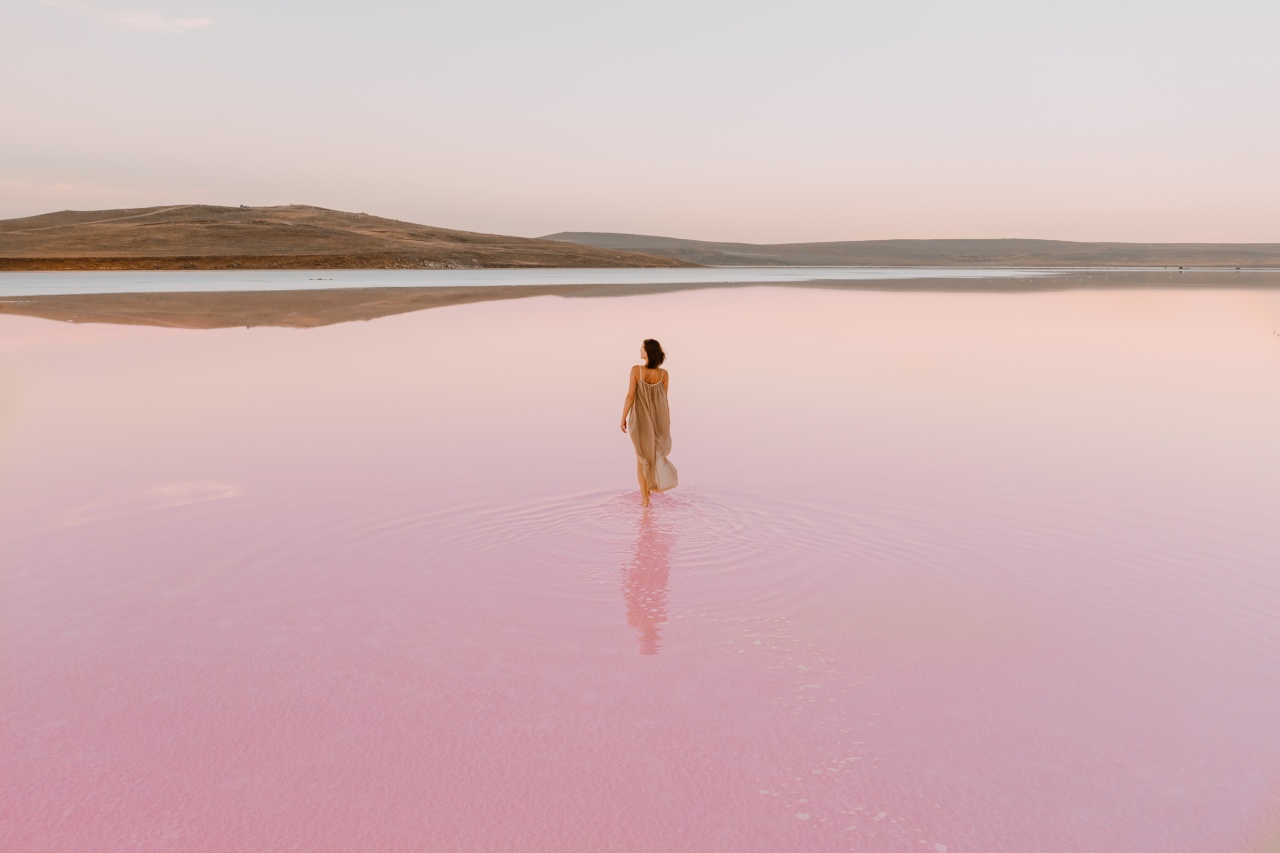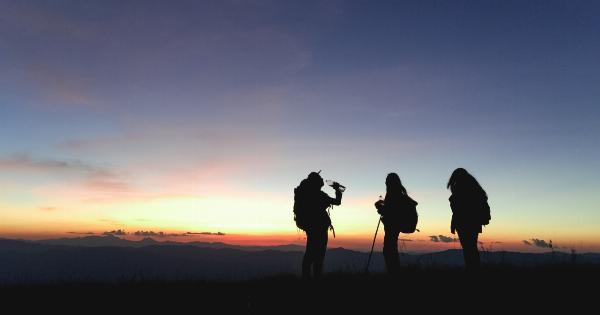Water is a necessity of life, and although it’s essential for the human body, water can also be dangerous. There are several instances where you should stay away from water to avoid accidents and injuries.
This article will delve into five scenarios where you should exercise caution or avoid water entirely.
1. Floodwaters
One of the most dangerous forms of water is floodwater. Floods often occur after heavy rain, hurricanes, and other natural disasters, and they can cause widespread damage to homes, buildings, roads, and other infrastructure.
Moreover, floodwaters are often contaminated with sewage, chemicals, and other hazardous substances, making them dangerous to human health.
Floodwaters can cause serious injuries and even death. The dangers of floodwater include:.
- Drowning
- Electrocution from downed power lines
- Injuries from floating debris
- Injuries from sharp objects hidden in the water
- Diseases from contaminated water
If you encounter floodwater, stay away from it and seek higher ground. Any contact with floodwater should be avoided, and you should seek medical attention immediately if you come into contact with it.
2. Rough Seas
Boating, fishing, or other activities on the water can be fun, but rough seas can turn a peaceful excursion into a nightmare. Rough seas can lead to accidents and injuries, and even experienced swimmers can struggle to stay afloat in choppy waters.
Some of the dangers of rough seas include:.
- Drowning from large waves or undertows
- Overexertion from trying to fight against strong currents
- Injuries from being thrown against hard surfaces like the boat or rocks
- Hypothermia from cold water exposure
If you’re planning to go out on the water, always check the weather forecast and keep an eye on the water conditions. If the seas are rough, it’s best to avoid going out entirely.
3. Unprotected Swimming Areas
Swimming is a popular activity during the summer months, and while it’s a great way to cool off, it’s essential to be aware of the dangers. Unprotected swimming areas can be dangerous if there are no lifeguards or safety precautions in place.
Dangers of unprotected swimming areas include:.
- Drowning
- Head and neck injuries from diving into shallow water
- Injuries from slips and falls on wet surfaces
- Sunburn and heat exhaustion
Always swim in protected areas and obey all posted rules and safety guidelines. If there are no lifeguards, never swim alone, and never dive into unknown waters. Always check the water conditions before entering.
4. Waterfalls
Waterfalls are beautiful to look at, but they can also be incredibly dangerous. The force of the water can knock you off your feet, and the rocks and crevices around waterfalls can cause serious injuries.
Dangers of waterfalls include:.
- Injuries from slipping and falling on wet surfaces
- Head and neck injuries from diving into shallow water
- Concussions from the force of the water
- Burns from hot springs and geysers
Waterfalls can be incredibly tempting, but it’s essential to follow all posted rules and safety precautions. Never dive or jump into unknown waters, and always stay on designated paths and viewing areas.
5. Glacier-fed Rivers
Glacier-fed rivers are some of the most beautiful and pristine water bodies in the world. However, they can also be incredibly dangerous, especially during the spring and summer months when the water levels rise from melting snow and ice.
Some of the dangers of glacier-fed rivers include:.
- Drowning from strong currents
- Injuries from rocks and boulders hidden under the water
- Hypothermia from cold water exposure
- Injuries from slips and falls on icy surfaces
If you’re planning to visit a glacier-fed river, always check the water conditions and stay on designated paths and viewing areas. Never attempt to cross the river on foot, and always make sure you have proper flotation devices.
Conclusion
Water is essential to life, but it can also be a source of danger.
Whether it’s floodwaters, rough seas, unprotected swimming areas, waterfalls, or glacier-fed rivers, there are several scenarios where you should stay away from water or exercise caution to avoid accidents and injuries.































